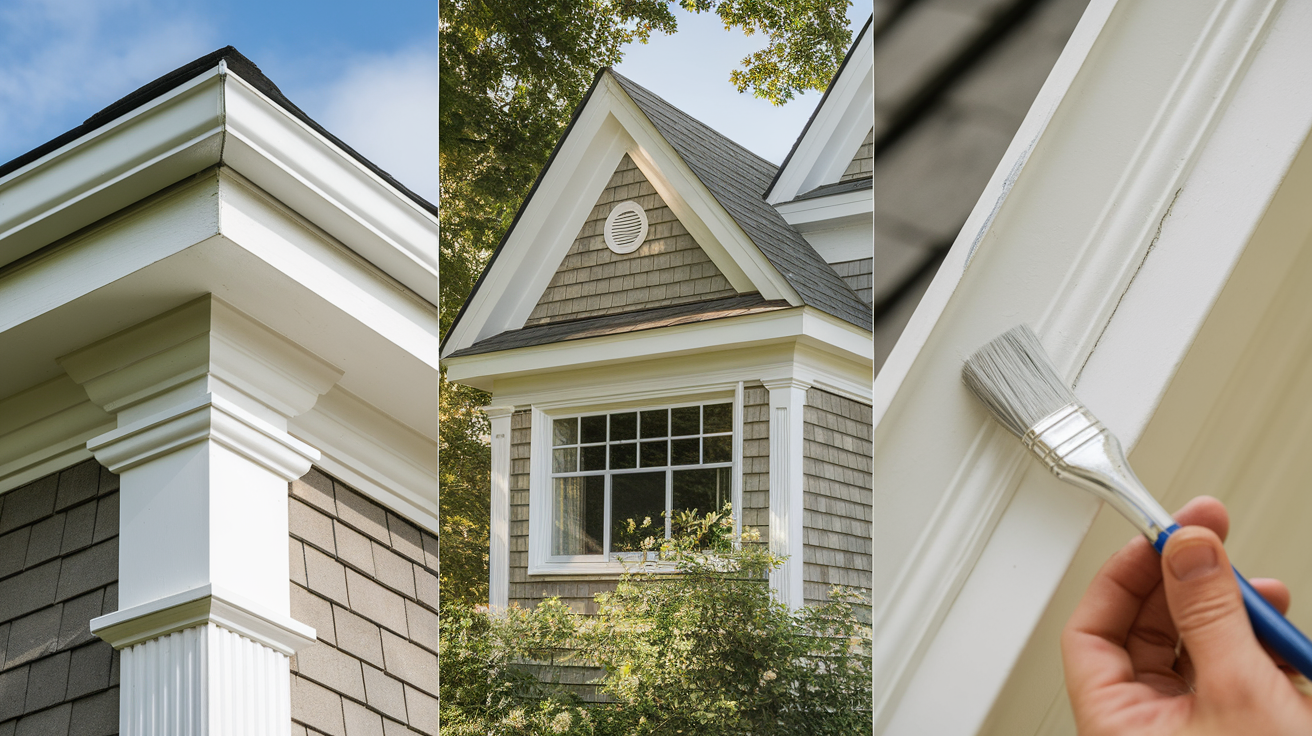PVC trim is a strong plastic material used in many homes, both inside and out. It’s commonly placed around windows, doors, rooflines, and corners. Unlike wood, it doesn’t rot, warp, or attract bugs.
It also holds up well in rain, snow, heat, and cold. That’s why so many homeowners like it—it’s tough, low-maintenance, and lasts a long time.
Still, one big question comes up: Can you paint PVC trim? Some people think you can’t, because plastic doesn’t hold paint like wood. Others worry that paint will peel, chip, or look uneven after a while.
Here’s the truth: Yes, you can paint PVC trim—and it can look great. But you need to do it the right way. If you skip important steps, the paint may not stick or last.
In this post, you’ll learn how to paint PVC trim step by step. We’ll go over what tools to use, which paint works best, and how to get a smooth finish that stays on for years.
What Is PVC Trim?
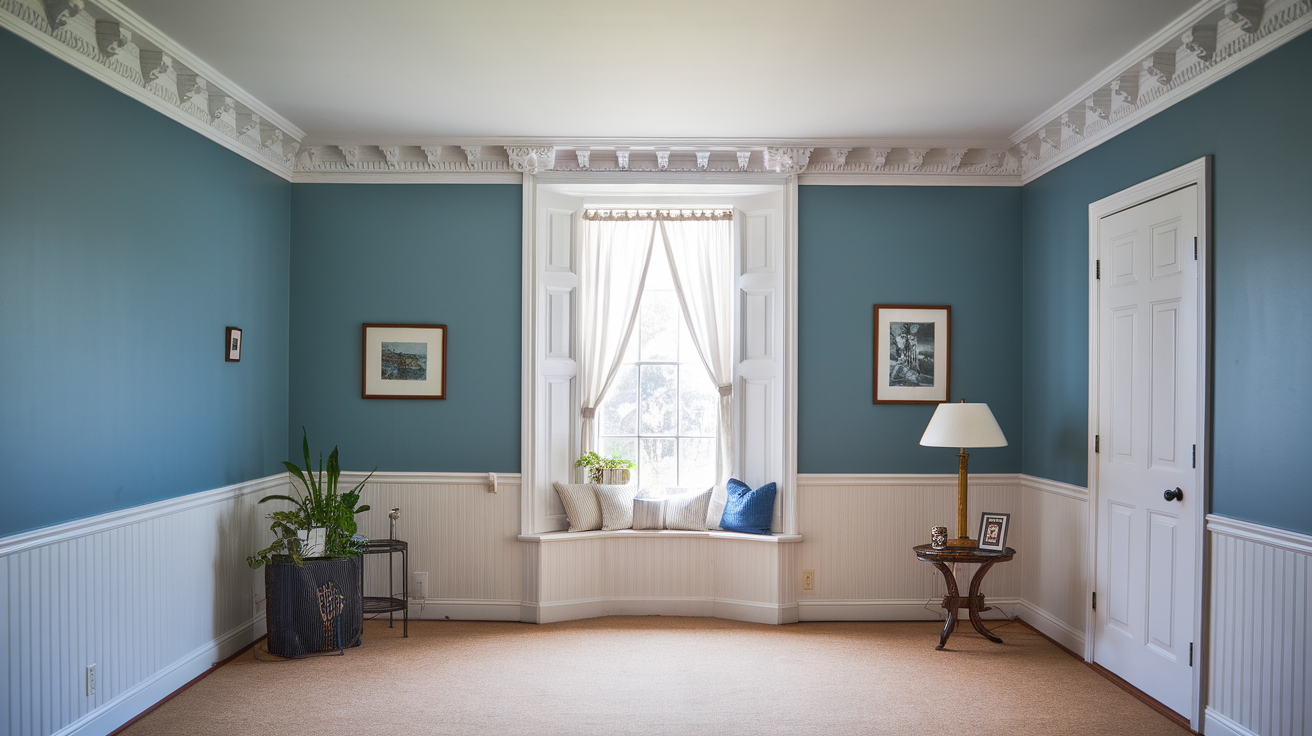
PVC trim is a type of plastic made from polyvinyl chloride—the same material used in many water pipes. It’s often used in place of wood, especially outside the house.
You’ll see PVC trim around windows, doors, roofs, and corners of buildings. People also use it for fascia boards, which are the long boards near the roof’s edge.
It’s strong, waterproof, and doesn’t rot, even when it gets wet. It also doesn’t attract bugs and won’t crack or warp like wood can. Plus, it’s low maintenance—you don’t need to worry about painting it right away unless you want to.
When and Why You Might Want to Paint PVC Trim?
PVC trim is strong and low-maintenance, and it typically comes in a bright white. For many people, that’s fine—but sometimes, it doesn’t match the rest of the house or starts to look a bit worn out.
1. To Match Other Trim or Siding Colors
Most homes use more than one trim color. If your PVC trim is bright white but the rest of your trim is beige, gray, or brown, it might stand out in a bad way.
Painting the PVC trim helps everything match and look neat. This is especially useful if you’re updating just one part of your house and want it to blend in.
2. To Get a More Natural or Wood-Like Look
PVC is plastic, so sometimes it can look a little too shiny or fake, especially up close. If you want your home to look more natural or feel warmer, painting the trim with a flat or satin finish can help.
Some paints can even make PVC look more like wood.
3. To Cover Stains, Dirt, or Discoloration
Even though PVC doesn’t rot, it can still get dirty over time. Sunlight, pollution, and age can make it turn yellow or gray. Scrubbing might not work.
In that case, a fresh coat of paint can cover the stains and make the trim look clean and new again.
4. To Meet HOA Rules or Your Own Style
If you live in a neighborhood with a homeowners’ association (HOA), there might be rules about what colors you can use outside your house.
Painting PVC trim may be required to match those rules. Or maybe you just want your home to look a certain way more modern, warmer, or different from everyone else’s. Painting gives you the freedom to choose.
Remember: Painting PVC trim isn’t always needed, but it can be a smart choice if you want it to match, look better, or last longer. Just remember: doing the prep work right is the key to a finish that stays on and looks great.
How to Paint PVC Trim
Painting PVC trim is a great way to make it blend with your home and give it a more natural appearance. But PVC is a smooth plastic, so paint won’t stick unless you prepare it properly. Follow these steps to get a long-lasting, clean finish.
Materials Needed
- 100% acrylic latex paint (LRV 55+ recommended) – Ideal for painting PVC trim in light colors for long-lasting, flexible coverage.
- OR vinyl-safe paint for dark colors– Specially formulated to reduce heat buildup and prevent warping on dark-colored PVC.
- Mild soap and water – Used to clean the surface and remove dirt, grease, or residue before painting.
- Clean rags or sponge – For wiping down and drying the trim after cleaning.
- Fine-grit sandpaper– Lightly scuffs the surface for better paint adhesion if the trim is glossy.
- Paintbrush, roller, or sprayer – Tools for applying a smooth, even coat of paint on the trim.
- Drop cloth (to protect surfaces) – Shields nearby areas from paint drips and splatter.
- Primer (only if required by paint manufacturer) – Helps paint adhere better when recommended for certain paint types or conditions.
Step 1: Clean the Surface
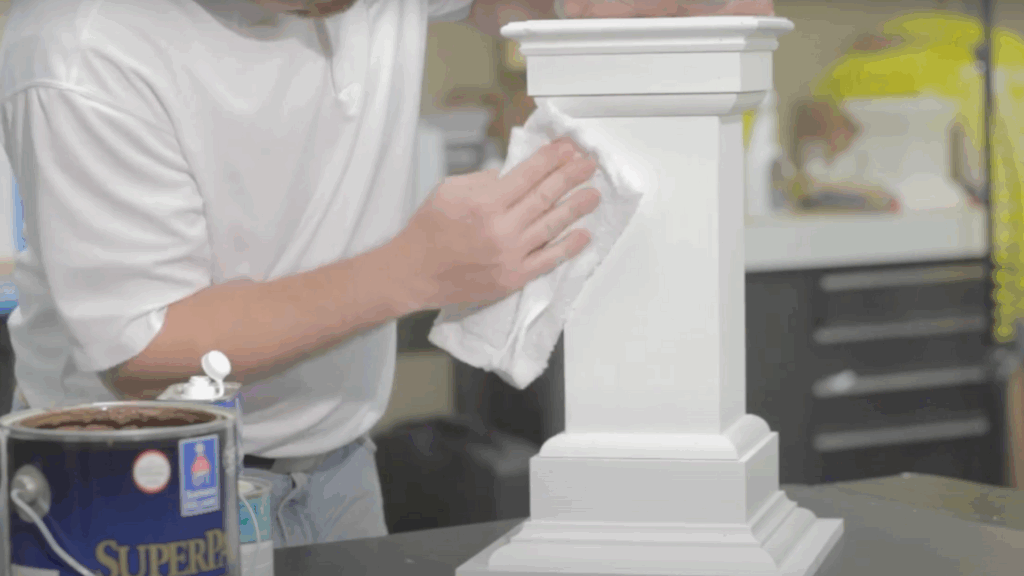
- Wash the trim with mild soap and waterto remove dirt, grease, or any residue from handling, storage, or installation.
- Dry thoroughly with a clean rag.
- Ensure the trim is completely dry, clean, and free from debris.
- Do not paint in very humid, wet, or dusty conditions.
Ideal temperatures:Follow the paint manufacturer’s instructions for temperature range and dry time.
Tip: Sand lightly with fine-grit sandpaper if the surface is glossy, but this is usually optional.
Step 2: Apply the Paint
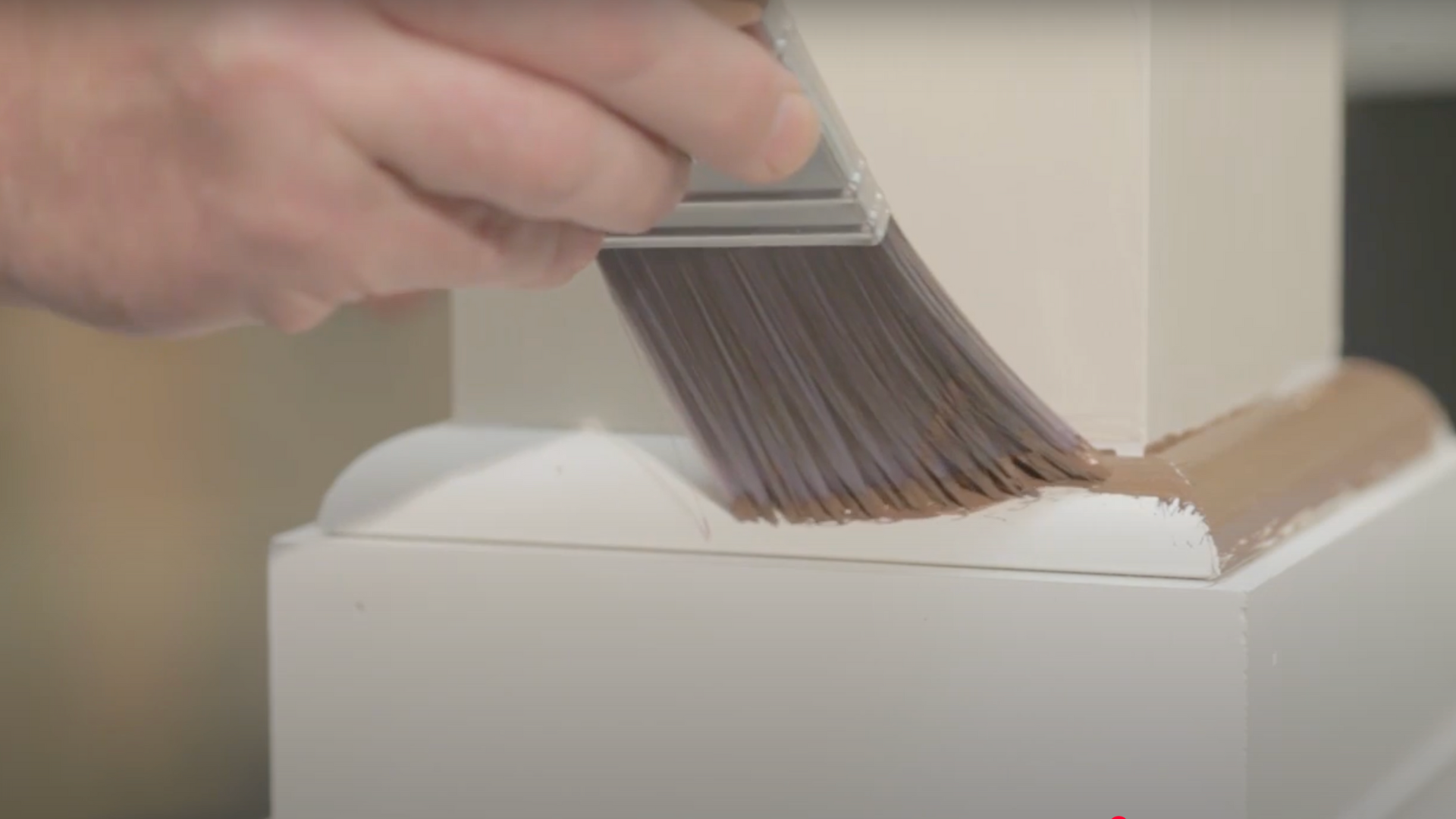
- Use a high-quality brush, roller, or sprayer to apply paint evenly.
- No primer is typically required for PVC trim unless specified by the paint manufacturer.
- Apply 2 coatsfor best coverage, allowing proper drying time between coats.
Step 3: Let It Cure
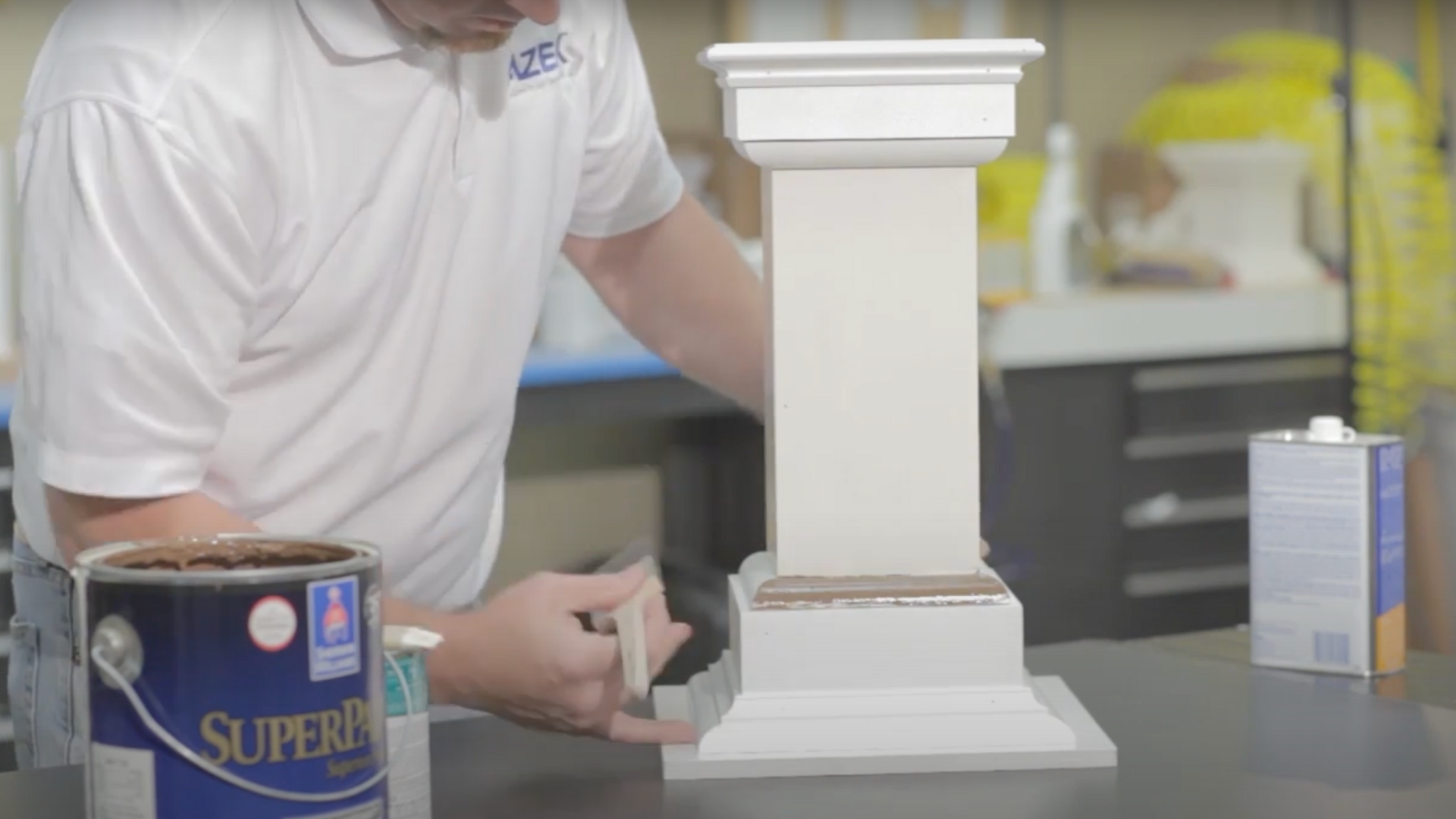
- Paint may take longer to cure on PVCthan on wood because PVC absorbs little to no moisture.
- Avoid touching or placing objects on the trim until the paint has fully dried and cured.
Watch this quick video to see the recommended paints and steps for painting PVC trim and molding, explained clearly by the experts by @AZEKExteriors on YouTube.
How Long Does Painted PVC Last?
When you prepare and paint PVC trim the right way, it can last for many years without needing to be redone.
In most cases, a well-executed paint job on PVC trim will last 5 to 10 years or even longer, especially if high-quality paint is used and all necessary steps are followed, including cleaning, sanding, and priming.
Paint may last longer on trim that’s in shaded or protected areas. If the trim gets full sun or harsh weather all year, the paint may fade or wear faster.
If you notice small chips, cracks, or faded spots later on, you don’t need to repaint everything. Lightly sand the damaged area, clean it, and apply a new coat of paint.
Small touch-ups are quick and help keep your trim looking fresh. With basic care, painted PVC trim can maintain its appearance for a long time.
Best Painting Tips and Common Mistakes to Avoid
Want your painted PVC trim to look smooth and last for years? This section shares the top tips for getting the best results, plus the most common mistakes people make and how to avoid them. Following these simple do’s and don’ts will help your paint adhere properly and withstand any weather conditions.
Tips for Best Results
- Paint when the trim is cool: Avoid painting in direct sun or during the hottest part of the day. Early morning or overcast weather is best.
- Avoid painting in humid or rainy conditions: High humidity and rain can stop paint from drying properly. Always choose a dry day with low moisture in the air.
- Use high-quality exterior paint: Pick acrylic latex or urethane-based paint made for outdoor use. It lasts longer and sticks better to PVC.
- Choose a satin or semi-gloss finish: These finishes look clean, are easy to wipe down, and hold up better on smooth surfaces like PVC.
Common Mistakes to Avoid
- Don’t skip sanding: Lightly sanding the surface helps the paint stick. Skipping this step may cause peeling.
- Don’t use regular primer or interior-only paint: Always use a bonding primer for plastic and paint made for outdoor use.
- Don’t paint dirty or wet PVC trim: Clean and dry the trim fully before painting. Paint won’t stick to a dirty or damp surface.
Conclusion
So, can you paint PVC trim? Yes, you can—and it can look great when done the right way. Even though PVC is a type of plastic, it can hold paint well if you take time to clean, sand, and use the right primer and paint.
Preparation is the most important step. If you skip it, the paint may peel or not stick at all. But if you follow each step carefully, your trim will have a smooth, long-lasting finish.
Painting PVC trim is a simple way to match your home’s style, cover stains, or give your trim a fresh new look. You don’t need special tools—just the right products and a little patience.
Give it a try. With some care and effort, your PVC trim can look just as good as painted wood—maybe even better.

